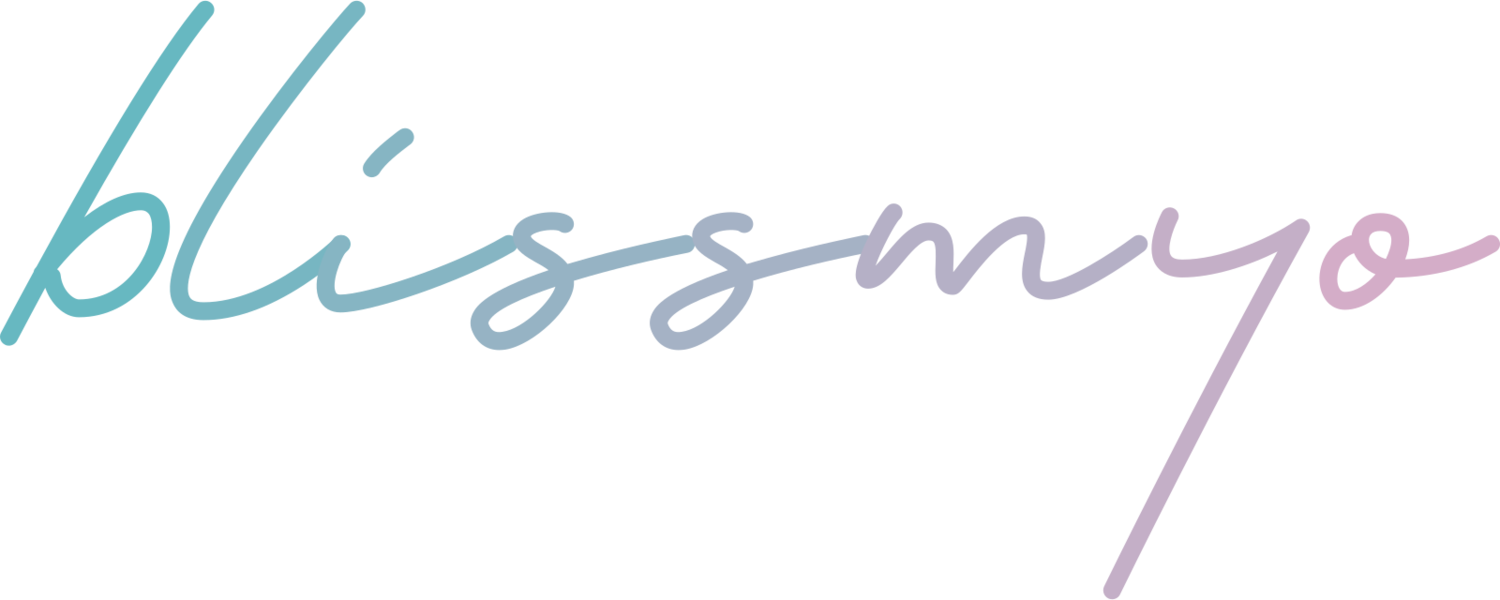
Welcome to Blissmyo!
– So many people, both adults and children, have lived for years with symptoms they don’t understand. Symptoms that can dramatically affect their quality of life. I want to help people find answers.
How Can I Help You?
Sleep Apnea
Sleep apnea used to be seen as a condition that affected older men, and the only way to deal with it was to wear an uncomfortable CPAP machine every night for the rest of your life. So most people didn’t worry too much about it.
But scientists and doctors have realized that not only is sleep apnea far more widespread than we ever knew, but the health concerns around it are more alarming than we imagined. For example, did you know that sleep apnea in children is actually quite common? Or that it has been linked to a number of conditions including ADD, reduced IQ, developmental issues, and can even stunt a child’s growth?
Even people who seem the least likely to suffer from this condition, such as slender-framed, adult women, are finding that they are candidates for developing sleep apnea, which is something no one would have suggested just a few years ago.
A newly recognized and effective way to address and treat sleep apnea is myofunctional therapy. This makes a lot of sense because in many cases, people who have weak and improperly functioning oral muscles also show signs and symptoms of sleep apnea. If you can strengthen those muscles, you can ease these symptoms. And something that myofunctional therapy does brilliantly is to strengthen and re-pattern muscles. Which is why I get great results with my sleep apnea patients.
Tongue-tie
Tongue-tie isn’t just a figure of speech for when someone can’t quite get their words to flow. It is a real medical condition that can have dramatic effects on oral development – when the tongue is physically attached to the floor of the mouth, speech can also be severely impacted.
A tongue-tie is a piece of tissue under the tongue that connects it to the floor of the mouth. This piece of tissue is called a frenum, and everyone has one. In some people, it’s tighter than it should be, and this is where all the problems come in.
When someone is tongue-tied, they need to have their tongue released through a simple surgical procedure called a frenectomy. I examine every patient for tongue-tie, and confirm whether or not the procedure would be beneficial.
If surgery is needed, it is crucial to perform a series of exercises before and after the procedure. I give patients specific exercises to practice in the two weeks leading up to surgery.
The most important day however, is the one after surgery. At this point, I check that everything is healing properly, and introduce additional exercises to strengthen and develop the tongue’s new mobility.
So many people have the surgery done but are unhappy with the results because the muscles in the tongue have actually never been used properly. These muscles need to be activated through therapy so that the tongue doesn’t heal back into its original place.
I coordinate my therapy with your dentist or oral surgeon to make sure that your treatment is timed perfectly.
Facial Development
Most doctors and dentists know that the way we breathe can affect the shape and appearance of our facial features. Breathing through the nose is healthy but breathing through the mouth can cause problems.
Adenoid Face
The term “adenoid face” was coined to describe the facial characteristics of children with severely enlarged adenoids. The adenoids are located in the throat and are similar to the tonsils.
When the adenoids are enlarged, they force children to breathe with an open mouth. This open mouth posture changes their facial appearance.
The typical features of an adenoid face include:
Long, narrow shape
Flattened features
Narrow and vaulted palate
Elevated nostrils
A short upper lip
A gummy smile
Small lower jaw
Sleepy and droopy eyes
How Is This Possible?
The answer is a simple matter of habit and muscle memory.
When the mouth is continually open, the facial muscles develop, then adapt and function improperly around this abnormal posture. These children have essentially developed muscle patterning habits around an inability to breathe through their nose.
Basic human functions such as forming words, chewing and swallowing food, drinking liquids, and even swallowing their own saliva are compromised by the inability to use their nose. These children are basically growing and developing around the fact that they cannot breathe properly.
This simple habit will stay with them if it is not corrected, making certain facial features permanent into their adult years.
It is important to realize that growth is a very powerful force. A child with an open mouth will grow into an adult with the facial features listed above that go hand-in-hand with having an open mouth.
How My Myofunctional Therapy Can Help?
These physical changes occur over time, but the fact is, the facial features are altered. Fortunately, in children, these symptoms can be avoided through myofunctional therapy with great success. The younger the child is when they start therapy, the better.
I also work with adults who did not have myofunctional therapy in childhood. They all admit to wishing their parents had addressed their issues when they were young.
In adults, myofunctional therapy can still be very beneficial and successful. Although the facial features cannot change as drastically as in children, a clear difference can be seen once normal rest position and function are achieved.
Jaw Pain
It is estimated that 30% of the adult population suffers from symptoms involving the TMJ (Temporomandibular Joint). Many of my patients are trying to find relief from symptoms that include intense jaw joint pain and headaches.
The tongue plays a crucial role in stabilizing the jaw. If the tongue isn’t functioning properly, or is in the wrong position, the jaw joint simply won’t be stable.
Dentists and doctors know that the TMJ is a complex and multifaceted part of the body. There are many different ways to alleviate symptoms, and every person is unique in terms of why they experience jaw problems.
I always tell my patients that myofunctional therapy exercises are a great option to help with jaw pain because they are non-invasive, require no dental appliances and can cause absolutely no harm.
In my experience, patients only benefit from this type of treatment, and myofunctional therapy exercises have been shown to significantly decrease jaw pain and headaches if the underlying issue is tongue and muscle related.
Nose breathing benefits
In this video, Patrick McKeown, author of Oxygen Advantage, explains the benefits of nose breathing and how your nose performs at least 30 functions, all of which are important supplements to the roles played by the lungs, heart and other organs.
Myofunctional disorders and your sleep
In this video, Patrick McKeown, author of Oxygen Advantage, explains how myofunctional disorders will affect your sleep and your mental health.
Facial growth and development
In this video, Dr. Ann-Maree Cole, explains how orofacial myofunctional disorders (OMDs) affect the growth and development or our faces.




